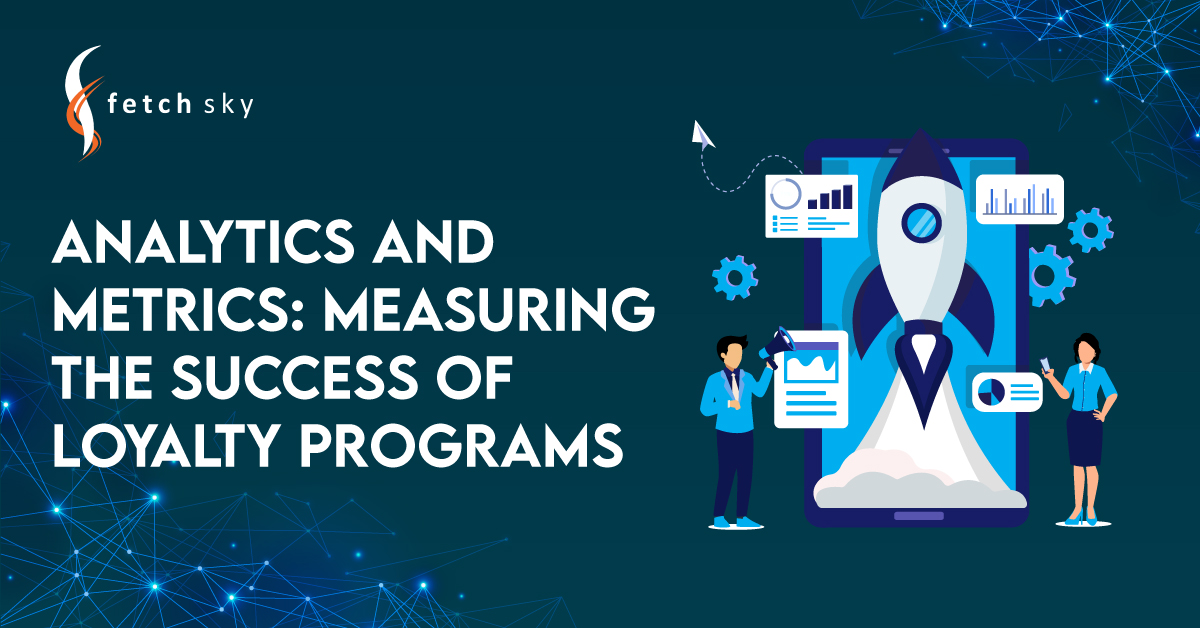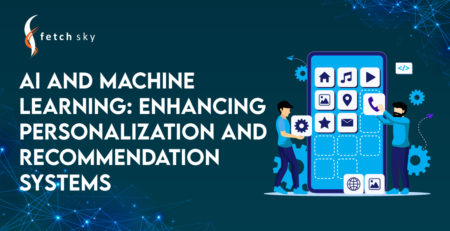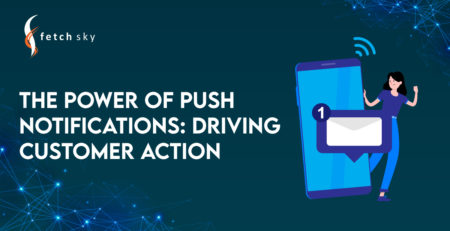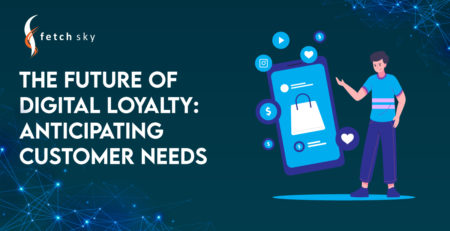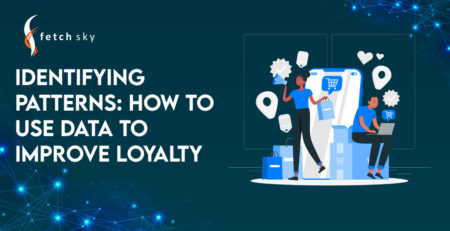Analytics and Metrics: Measuring the Success of Loyalty Programs
There is no one-size-fits-all solution when creating successful loyalty programs. What works for a beauty salon next door may not work for your restaurant, gym or coffee shop.
While there are proven tactics to employ when creating your loyalty program, you must continually monitor its performance and measure success to optimize for better results.
Choosing the right loyalty program KPIs and tracking them over time is essential to improve your customer loyalty program. If you want to know how to track these KPIs effortlessly, we have a solution for you.
~Source
Introduction: Analytics and Metrics
Measuring the success of loyalty programs is crucial for businesses looking to optimize their strategies and drive better outcomes. Data analytics and metrics play a vital role in evaluating the performance of loyalty programs, identifying areas of improvement, and understanding customer engagement. In this comprehensive blog, we will explore the significance of analytics and metrics in measuring the success of loyalty programs, key performance indicators (KPIs) to track, and strategies for leveraging data to enhance the effectiveness of loyalty initiatives.
You can read our blogs to know what a Digital Loyalty Solution exactly is, its benefits, how it can boost customer retention, and how to make an attractive loyalty program. You can also find steps to integrate it into your websites and into your apps and into your business systems as well. Moreover, there’s a gaming option you can add to your loyalty program, you can find out more about that as well. For in-depth personalization details in Digital Loyalty Programs, click here. Defining Goals is another important for Loyalty Program, read more.
Key Performance Indicators (KPIs) for Loyalty Programs
Customer Retention Rate:
Measure the percentage of customers who continue engaging with the loyalty program over a specific period. A high retention rate indicates strong program engagement and customer satisfaction.
Redemption Rate:
Calculate the percentage of customers who redeem loyalty rewards. A higher redemption rate suggests that customers find the rewards appealing and valuable.
Customer Lifetime Value (CLV):
Assess the overall value of a customer throughout their entire relationship with the business. A higher CLV indicates loyal and high-value customers.
Here is a list of the 9 best KPIs for measuring loyalty.
Strategies for Leveraging Loyalty Program Data: Analytics and Metrics
-
Segmentation Analysis:
- Demographic Segmentation: Divide your loyalty program members into different demographic groups such as age, gender, location, and income level. Analyze each segment’s engagement levels, redemption rates, and preferences. For example, you might find that younger customers are more responsive to mobile app-based rewards, while older customers prefer traditional loyalty cards.
- Behavioral Segmentation: Segment customers based on their behavior within the loyalty program. This can include metrics like purchase frequency, average transaction value, and types of products or services they regularly buy. By understanding the behaviors of your most loyal customers, you can tailor rewards and incentives to encourage similar actions in other segments.
- RFM Analysis: Recency, Frequency, and Monetary (RFM) analysis helps identify your most valuable customers. Analyze how recently customers made a purchase, how often they make purchases, and how much money they spend. This can guide efforts to retain and further engage high-value customers through exclusive offers or personalized experiences.
-
Campaign Performance Analysis:
- A/B Testing: When running loyalty campaigns, use A/B testing to compare the performance of different offers, messaging, or communication channels. For instance, you might send one group of customers a discount coupon and another group a points-based reward and then analyze which one generates higher engagement and conversion rates.
- Cohort Analysis: Group customers who joined the loyalty program during the same time frame (cohorts) and analyze their long-term behavior. This helps in assessing the impact of loyalty campaigns over time and refining strategies based on the unique characteristics of each cohort.
- Customer Journey Mapping: Track how customers interact with your loyalty program from initial sign-up to redemption. Identify bottlenecks or drop-off points in the customer journey and optimize campaigns to address these issues. For example, if many customers drop out after signing up, you may need to improve the onboarding process.
-
Feedback and Survey Analysis:
- NPS (Net Promoter Score): Use NPS surveys to gauge overall loyalty and satisfaction among program members. Analyze the comments and feedback provided by promoters, passives, and detractors to identify areas for improvement and tailor loyalty initiatives accordingly.
- Qualitative Analysis: Dive deeper into open-ended survey responses and customer feedback to uncover specific pain points or suggestions. This qualitative data can reveal valuable insights into the customer experience, allowing you to make targeted improvements, such as refining the user interface of your loyalty app or adding desired features.
- Preference-Based Personalization: Based on survey data, create personalized loyalty offerings for individual customers or segments. For example, if a customer expresses a preference for early access to new products, you can provide them with exclusive previews or pre-order opportunities.
Conclusion
Analytics and metrics are essential tools for measuring the success of loyalty programs. By tracking key performance indicators, businesses can gain valuable insights into customer engagement, retention, and the overall impact of their loyalty initiatives. Leveraging loyalty program data allows businesses to optimize their strategies, identify areas for improvement, and create more effective loyalty offerings. With the right analytics tools and data-driven approach, businesses can build loyalty programs that resonate with customers, drive repeat business, and lead to long-term success in a competitive market.
To get a complete guide to Digital Loyalty Solutions, Click Here.

